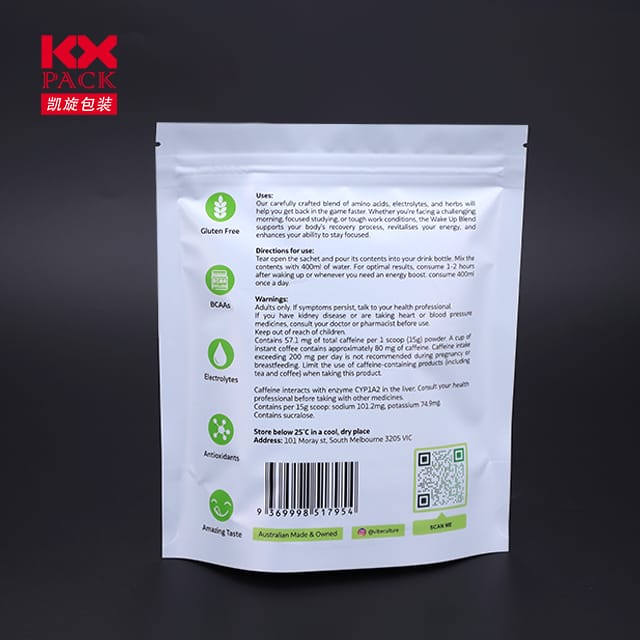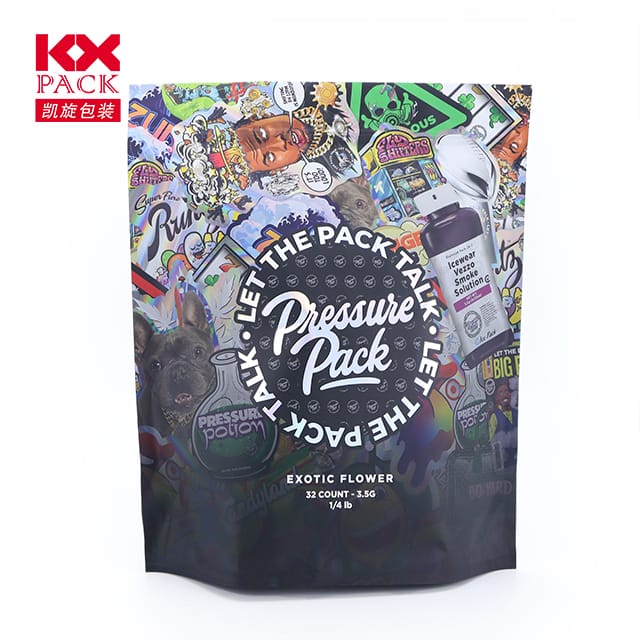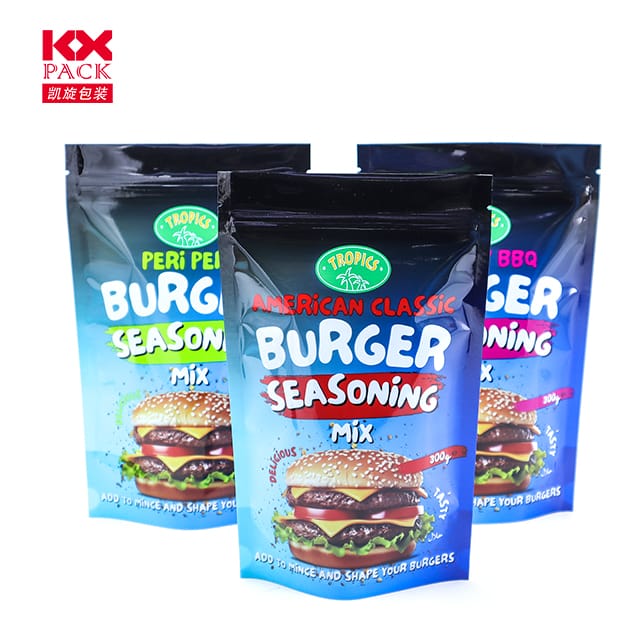Будущее сохранения продуктов питания: Как гибкие фильмы о упаковке продуктов питания революционизируют индустрию
Flexible Food Packaging Films
In an era where sustainability, Безопасность пищи, и удобство имеют первостепенное значение, Flexible Food Packaging Films have emerged as a game-changer for the global food and beverage industry. Эти легкие, адаптируемые материалы переопределяют то, как продукты защищены, представлено, и сохранился - от фермы до стола. Let’s explore the innovations driving this trend and why they’re critical for modern consumers and manufacturers.
Why Flexible Food Packaging Films? The Core Advantages
- Barrier Protection, Увеличенный срок годности
Flexible Food Packaging Films are engineered with multi-layer structures that create impermeable barriers against oxygen, влага, свет, и загрязняющие вещества. Например, PVDC-coated films или metallized PET layers can reduce oxygen transmission by up to 99%, preserving freshness and flavor in snacks, meats, and dairy. Studies suggest that advanced packaging could cut global food waste by 30% by 2030—a critical step toward sustainability. - Lightweight and Eco-Friendly
Compared to rigid packaging (НАПРИМЕР., glass jars or metal cans), Flexible Food Packaging Films использовать 70% less material by weight, lowering transportation emissions and storage costs. Инновации вроде biodegradable PLA films и recyclable PE/PP blends are further reducing plastic’s environmental footprint, aligning with global zero-waste goals. - Customization and Versatility
От стоячие пакеты for pet food to retort-ready bags for ready-to-eat meals, flexible films adapt to any product shape or size. Brands can leverage Цифровая печать для яркого, on-demand packaging designs, enhancing shelf appeal and brand storytelling.
Key Innovations Shaping the Market
- Smart Films for Enhanced Safety
Современный Flexible Food Packaging Films incorporates anti-fog coatings (for clear visibility in refrigerated sections), self-venting technologies (for microwave-safe meals), и UV-blocking layers (to protect light-sensitive products like oils or supplements). Например, BOPP Films with low seal initiation temperatures (SIT) boost production efficiency by 20% for snack manufacturers. - Sustainability-Driven Materials
The market is shifting toward компостируемые фильмы (НАПРИМЕР., corn-starch-based PLA) и Пост-потребитель переработан (ПЦР) содержание. Компании, как Glenroy и Winpak are pioneering mono-material structures (НАПРИМЕР., all-PE pouches) to simplify recycling. К 2028, the global flexible packaging market is projected to reach $341.6 миллиард, fueled by eco-conscious demand. - Advanced Adhesives and Sealing
New solvent-free laminations и high-performance sealants ensure leak-proof packaging even for liquid products like soups or sauces. These innovations also reduce production waste and energy use.
Приложения в разных отраслях
- Свежие продукты: Breathable films with modified atmosphere packaging (Карта) extend the shelf life of berries and leafy greens by 2–3 times.
- Готово к употреблению блюд: Retort pouches withstand high-temperature sterilization, eliminating preservatives while maintaining texture and taste.
- Фармацевтические препараты: Child-resistant, moisture-barrier films ensure safe storage of pills and supplements.
- Cosmetics: Flexible tubes and sachets offer precise dispensing and protection from contamination.
Дорога впереди: Trends for 2025 and Beyond
- Интеграция круговой экономики
Brands are adopting closed-loop systems, where used packaging is collected, переработан, and repurposed into new films. Partnerships between manufacturers and recycling firms will be key to scaling this model. - Active and Intelligent Packaging
Imagine films that change color when food spoils or release natural preservatives over time. Early prototypes using Временные температурные показатели (Папа) и oxygen scavengers are already in testing. - Соответствие нормативным требованиям
As governments tighten rules on single-use plastics, flexible films must meet FDA and EU food-contact standards while minimizing chemical migration. Transparent supply chains and material traceability will become non-negotiable.
Заключение: Гибкое будущее
Flexible food packaging films are no longer just a cost-effective alternative—they’re a strategic imperative for brands aiming to thrive in a competitive, sustainability-focused market. By combining cutting-edge materials with smart design, these solutions address today’s challenges while paving the way for a safer, greener tomorrow.
Ready to upgrade your packaging strategy? Explore how flexible films can transform your product’s performance, устойчивость, and consumer appeal. The future of food preservation is flexible—and it’s here to stay. 🌱✨
References: Гибкая упаковочная ассоциация, Global Market Insights, PennPac, TedPack







